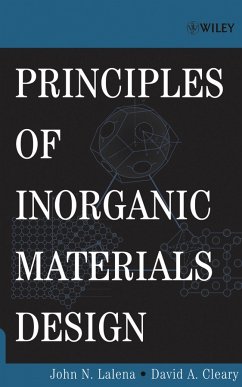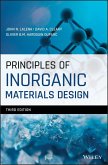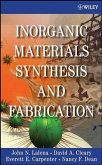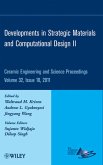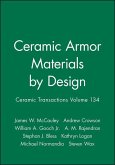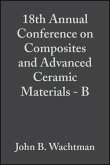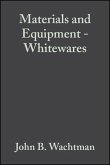A unique interdisciplinary approach to inorganic materials design Textbooks intended for the training of chemists in the inorganic materials field often omit many relevant topics. With its interdisciplinary approach, this book fills that gap by presenting concepts from chemistry, physics, materials science, metallurgy, and ceramics in a unified treatment targeted towards the chemistry audience. Semiconductors, metal alloys and intermetallics, as well as ceramic substances are covered. Accordingly, the book should also be useful to students and working professionals in a variety of other disciplines. This book discusses a number of topics that are pertinent to the design of new inorganic materials but are typically not covered in standard solid-state chemistry books. The authors start with an introduction to structure at the mesoscopic level and progress to smaller-length scales. Next, detailed consideration is given to both phenomenological and atomistic-level descriptions of transport properties, the metal-nonmetal transition, magnetic and dielectric properties, optical properties, and mechanical properties. Finally, the authors present introductions to phase equilibria, synthesis, and nanomaterials. Other features include: * Worked examples demonstrating concepts unfamiliar to the chemist * Extensive references to related literature, leading readers to more in-depth coverage of particular topics * Biographies introducing the reader to great contributors to the field of inorganic materials science in the twentieth century With their interdisciplinary approach, the authors have set the groundwork for communication and understanding among professionals in varied disciplines who are involved with inorganic materials engineering. Armed with this publication, students and researchers in inorganic and physical chemistry, physics, materials science, and engineering will be better equipped to face today's complex design challenges. This textbook is appropriate for senior-level undergraduate and graduate course work.
Dieser Download kann aus rechtlichen Gründen nur mit Rechnungsadresse in A, B, BG, CY, CZ, D, DK, EW, E, FIN, F, GR, HR, H, IRL, I, LT, L, LR, M, NL, PL, P, R, S, SLO, SK ausgeliefert werden.

